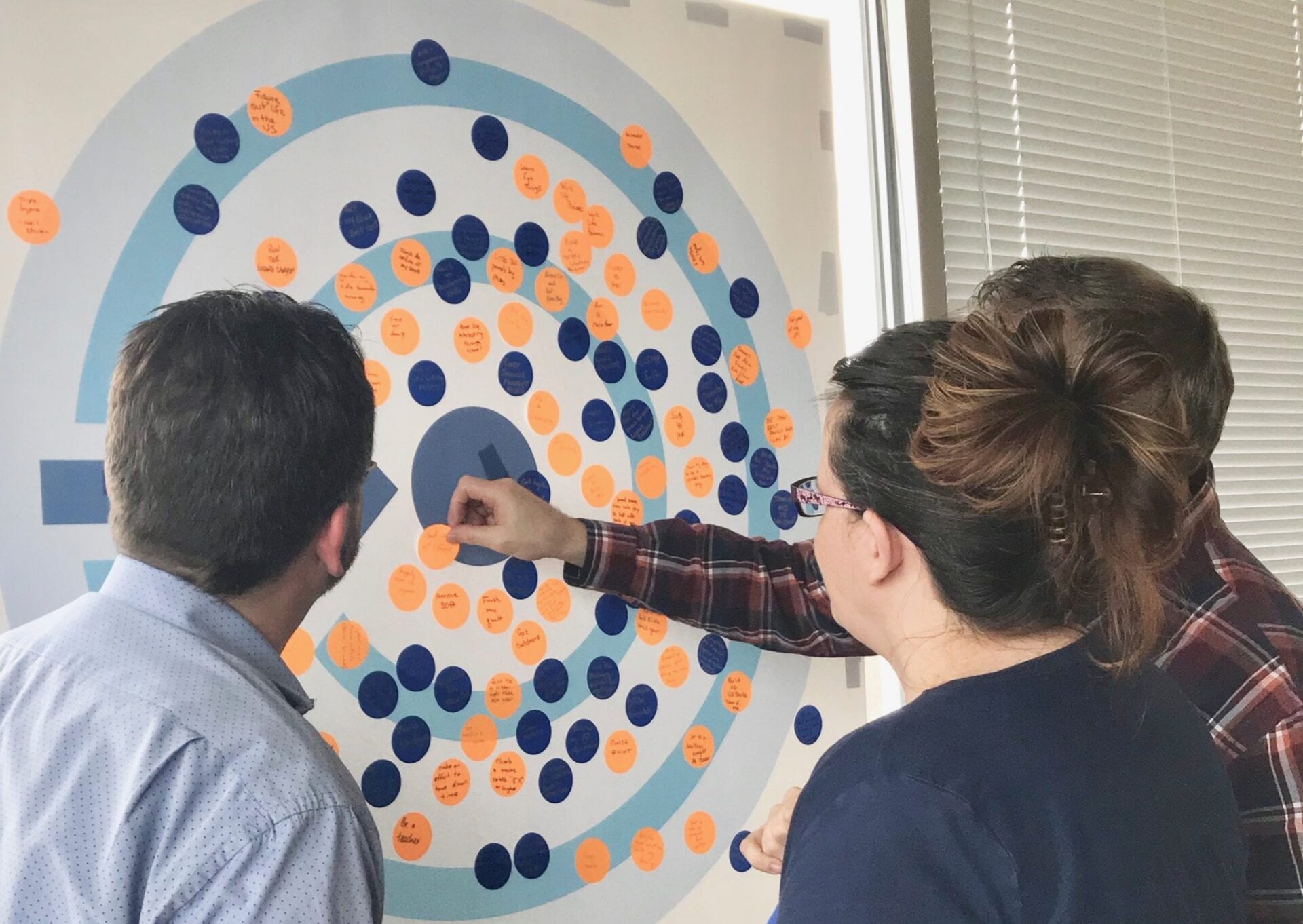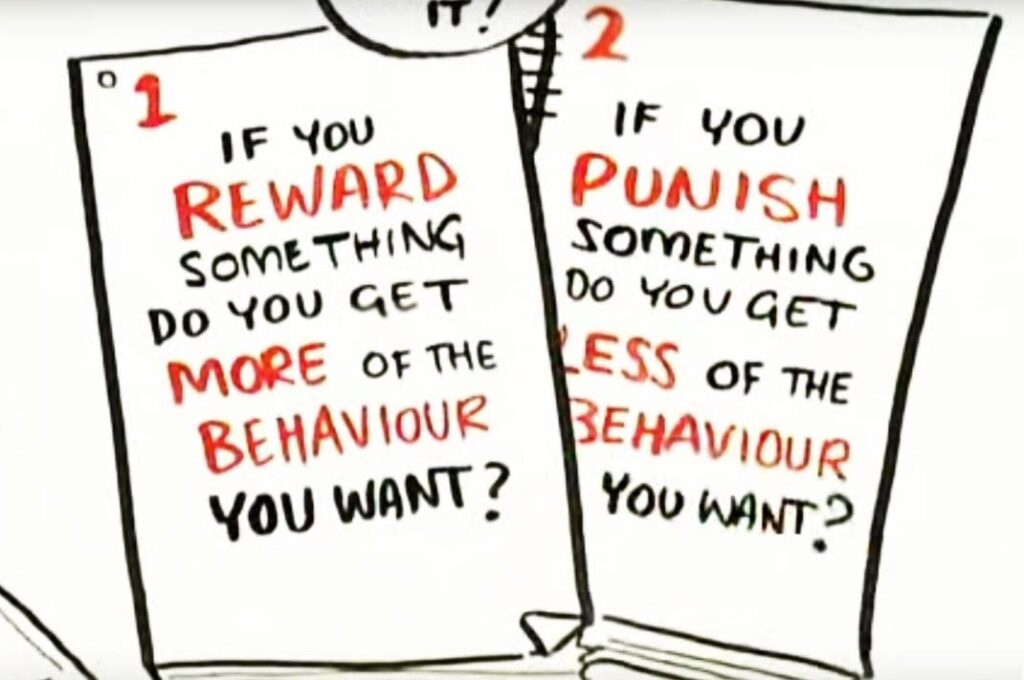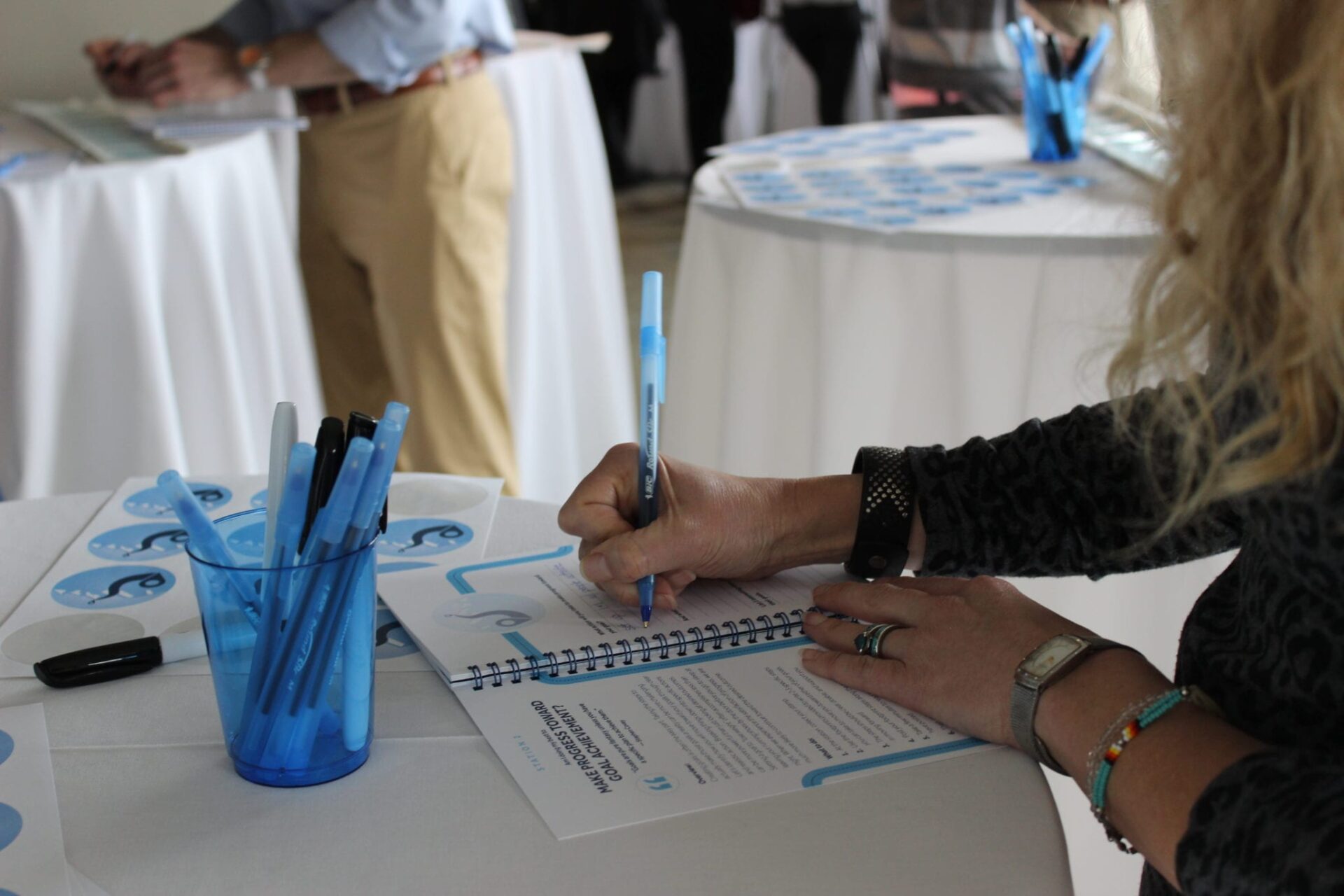Active Engagement At Work

Author: Jennifer Simpson
 Today more than ever, organizations know that engaged employees stay longer, work better, and delight customers more. Yet, despite often significant investments in employee benefits and reward and recognition programs, turnover remains higher than leaders would like. Dan Pink’s work on what motivates people turns our assumptions on their head. His classic video on “Drive” underscores that what people really want is autonomy, mastery, and purpose.
Today more than ever, organizations know that engaged employees stay longer, work better, and delight customers more. Yet, despite often significant investments in employee benefits and reward and recognition programs, turnover remains higher than leaders would like. Dan Pink’s work on what motivates people turns our assumptions on their head. His classic video on “Drive” underscores that what people really want is autonomy, mastery, and purpose.
This work is rooted in self-determination theory, first elaborated in the 1970s by Ryan & Deci, and more recently evolved and popularized by authors such as Dan Pink (Drive), Chip & Dan Heath (Switch), Angela Duckworth (Grit), and Marshall Goldsmith (Triggers). The core premise of all of this work, and what we have applied and observed in practice for years, is that people take more ownership for their own experience, persist in their endeavors with greater resilience, and generate better outcomes for themselves and their organizations when they have a say in how work gets done, see the relationship between their contribution and something larger than themselves, and feel successful in their efforts.
Our approach builds on this foundation to engage and empower leaders to make a bigger difference.
It turns out that when people feel like they have a voice, understand how what they do in their own roles contributes to the broader whole, and feel competent and able to get good work done, they like their work a lot more and do a better job. It also happens that when people feel like they have some measure of control over their own destiny employee engagement goes up and the cost of management goes down. We recently partnered with a well-known healthcare company to create a dynamic event designed to help employees explore where they had the power to make things better for themselves, and for the company and the results were electric.
 Using Marshall Goldsmith’s Daily Questions as a framework, participants got to explore how they can play an active role in setting and making progress toward goals, cultivating happiness and meaning, building positive relationships and making work easier for themselves and their colleagues. At Integrated Work, we love developing leaders who believe in their own capacity to make meaningful change because they directly experience the impact of their contributions in the course of their day-to-day work. While the idea of active engagement and self-directed leadership is attractive and easy to grasp, building the personal capability and organizational support required for success takes intentionality.
Using Marshall Goldsmith’s Daily Questions as a framework, participants got to explore how they can play an active role in setting and making progress toward goals, cultivating happiness and meaning, building positive relationships and making work easier for themselves and their colleagues. At Integrated Work, we love developing leaders who believe in their own capacity to make meaningful change because they directly experience the impact of their contributions in the course of their day-to-day work. While the idea of active engagement and self-directed leadership is attractive and easy to grasp, building the personal capability and organizational support required for success takes intentionality.
When leaders understand and are able to skillfully navigate the paradoxes of their day-to-day life and see how their work contributes to an overarching purpose, their full potential is unleashed for the benefit of the organization in ways that also increase their engagement. And, when leaders invest in growing this capacity in their teams, they can even have a little fun along the way!